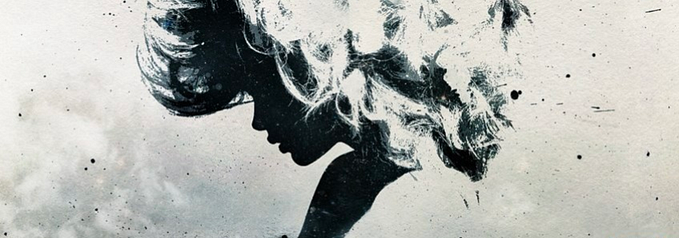Member-only story
Praise Her
A Goddess to Promote Health and Longevity
Overcome destructive patterns with the help of White Tara

![]() If you truly believed the divine resided within you, how would you take care of your body and mind? You would likely minimize your exposure to toxic substances and toxic people. You would eliminate anything that was threatening your longevity and peace of mind, preventing you from fulfilling your dharma — your life’s purpose. Maybe you would reconsider habitual behaviors you have picked up along the way like drinking, casual sex, smoking, or staying up late.
If you truly believed the divine resided within you, how would you take care of your body and mind? You would likely minimize your exposure to toxic substances and toxic people. You would eliminate anything that was threatening your longevity and peace of mind, preventing you from fulfilling your dharma — your life’s purpose. Maybe you would reconsider habitual behaviors you have picked up along the way like drinking, casual sex, smoking, or staying up late.
As the Tibetan Buddhist nun Pema Chödrön has said, “Death is certain, the time of death is uncertain.” We don’t have control over when we will die. However, we can take care of our health and be conscious of habits that don’t serve us. White Tara reminds us of the preciousness of human life and our duty to take good care of it. We can call on White Tara to cure us from ailments, as well as release destructive behaviors that harm our body or mind. By maintaining our health, we maximize our longevity — giving us more time to fulfill our dharma and be of service to others.
The story of White Tara
Tara is a Tibetan Buddhist goddess of compassion. She takes on many different forms. As Green Tara, she represents active compassion and kindness. As White Tara, she represents health, longevity, and clearing up karmic debts. Followers invoke White Tara to cure ailments and disease so they can live in good health. Additionally, White Tara clears karmic debts, freeing her followers of things they did in past or even current lives. White Tara keeps her devotees’ minds healthy by helping them let go of attachments and limiting beliefs.
White Tara has pearly white skin. She is depicted in a seated meditation on top of a lotus flower and a moon disc. Her black hair is tied in a top knot and she is adorned with silks and jewels. White Tara has seven eyes: her two actual eyes, a third eye at the center of her forehead, and an eye on each of her hands and feet. The seven eyes represent her ability to observe all of the suffering in the world.









